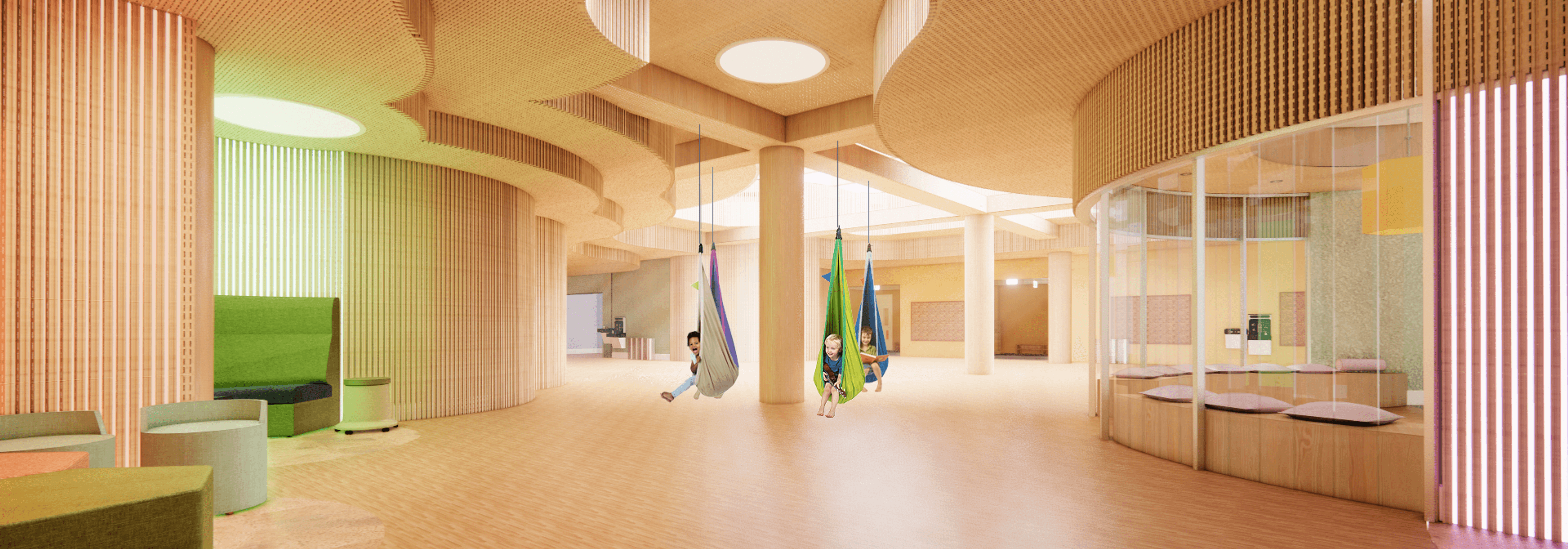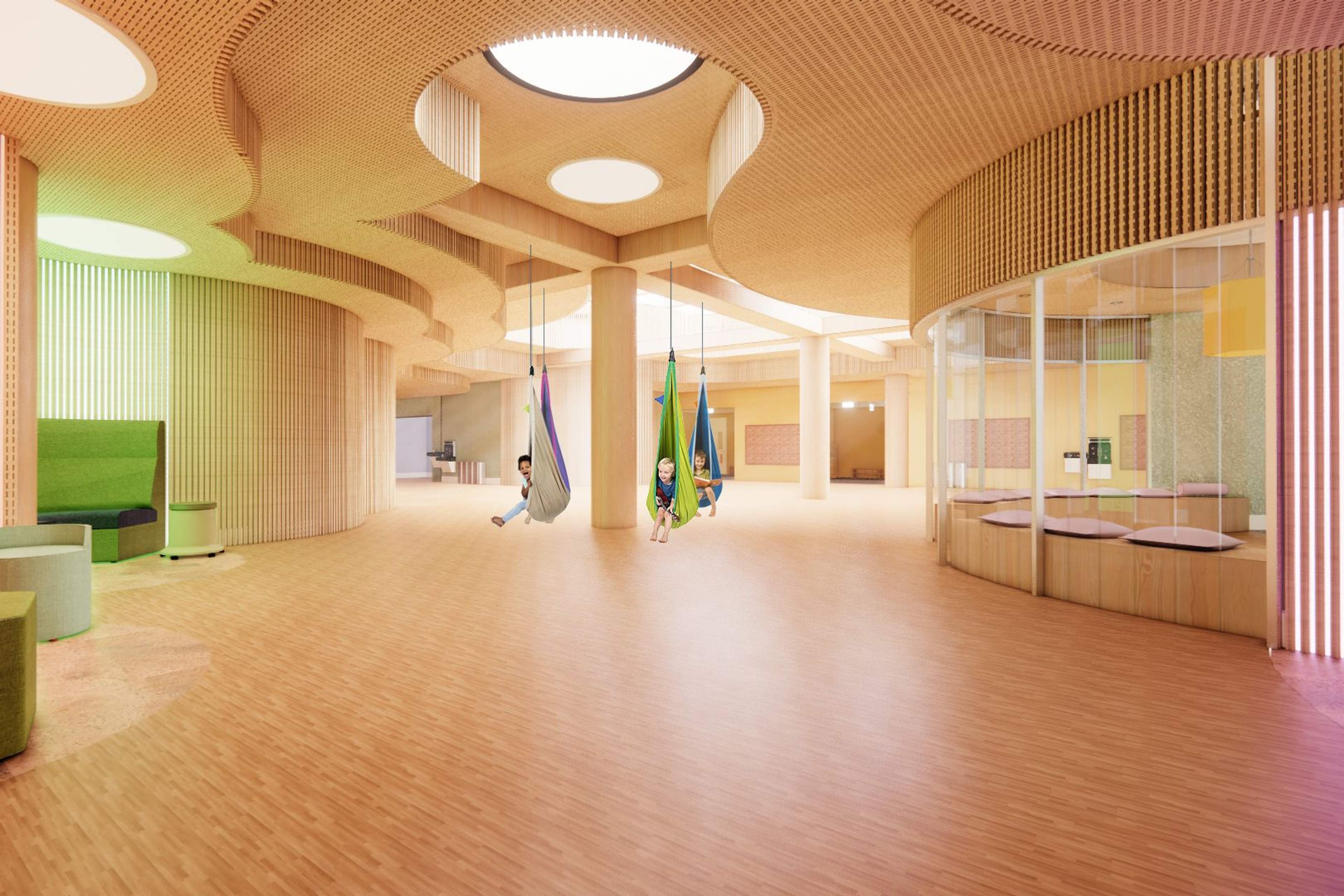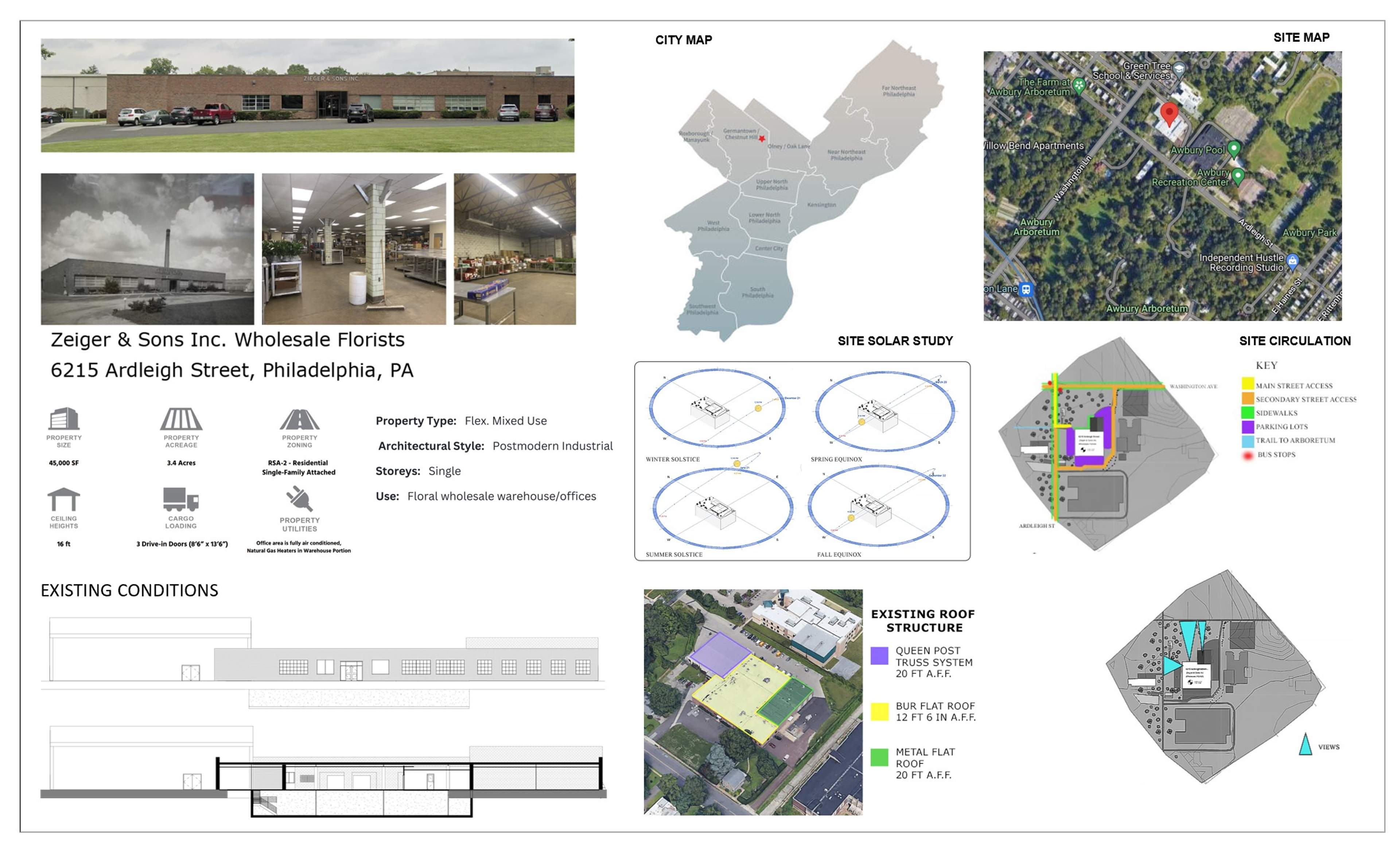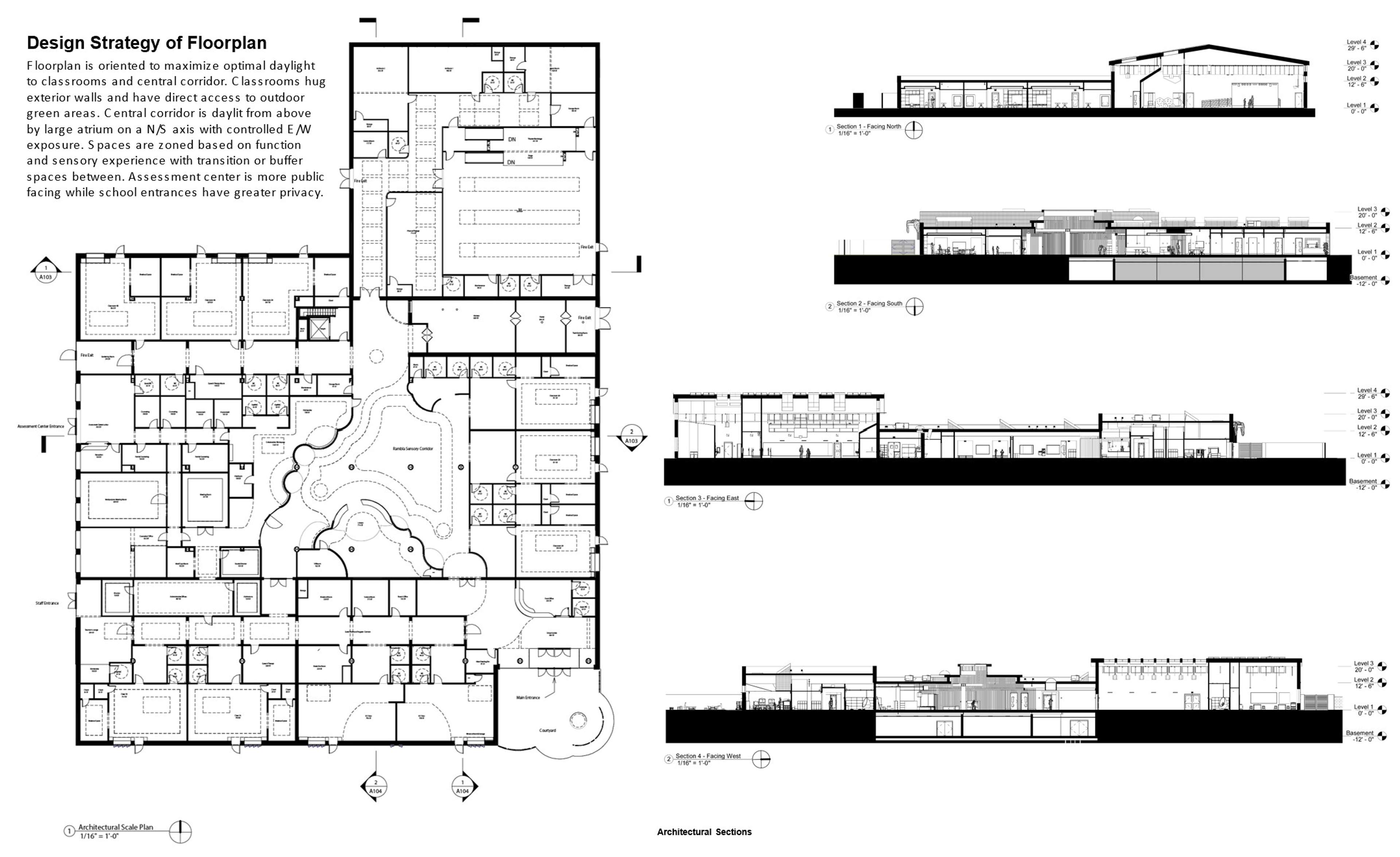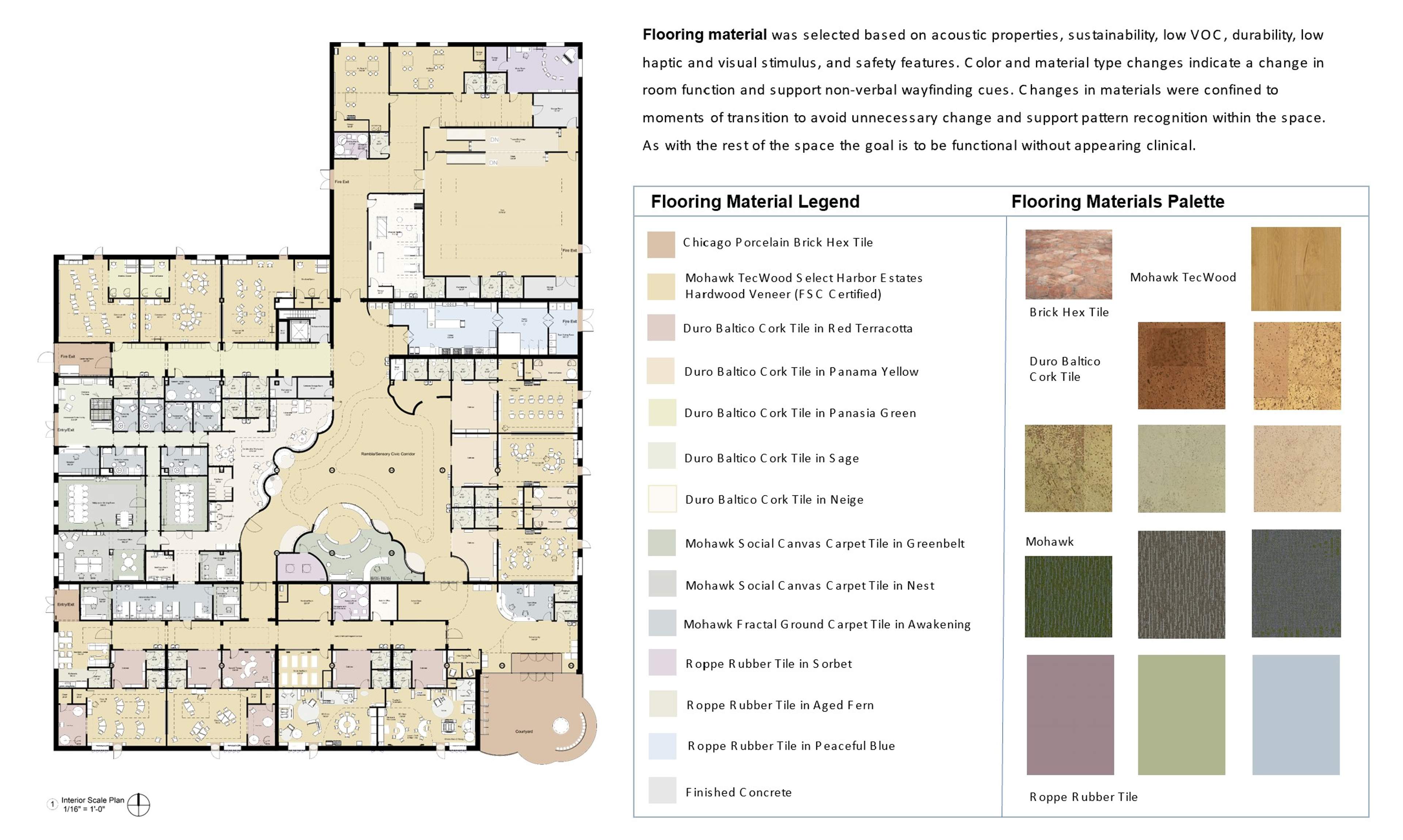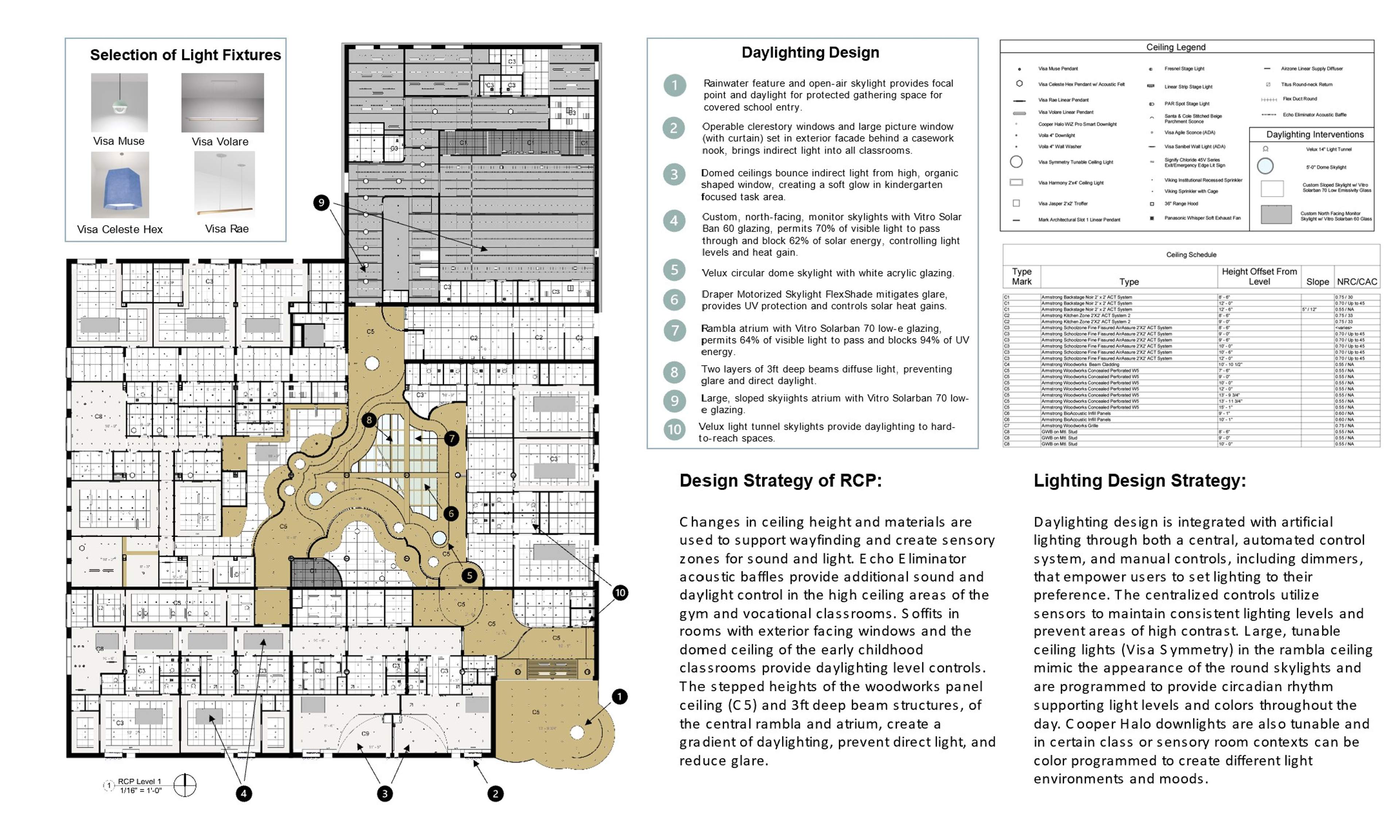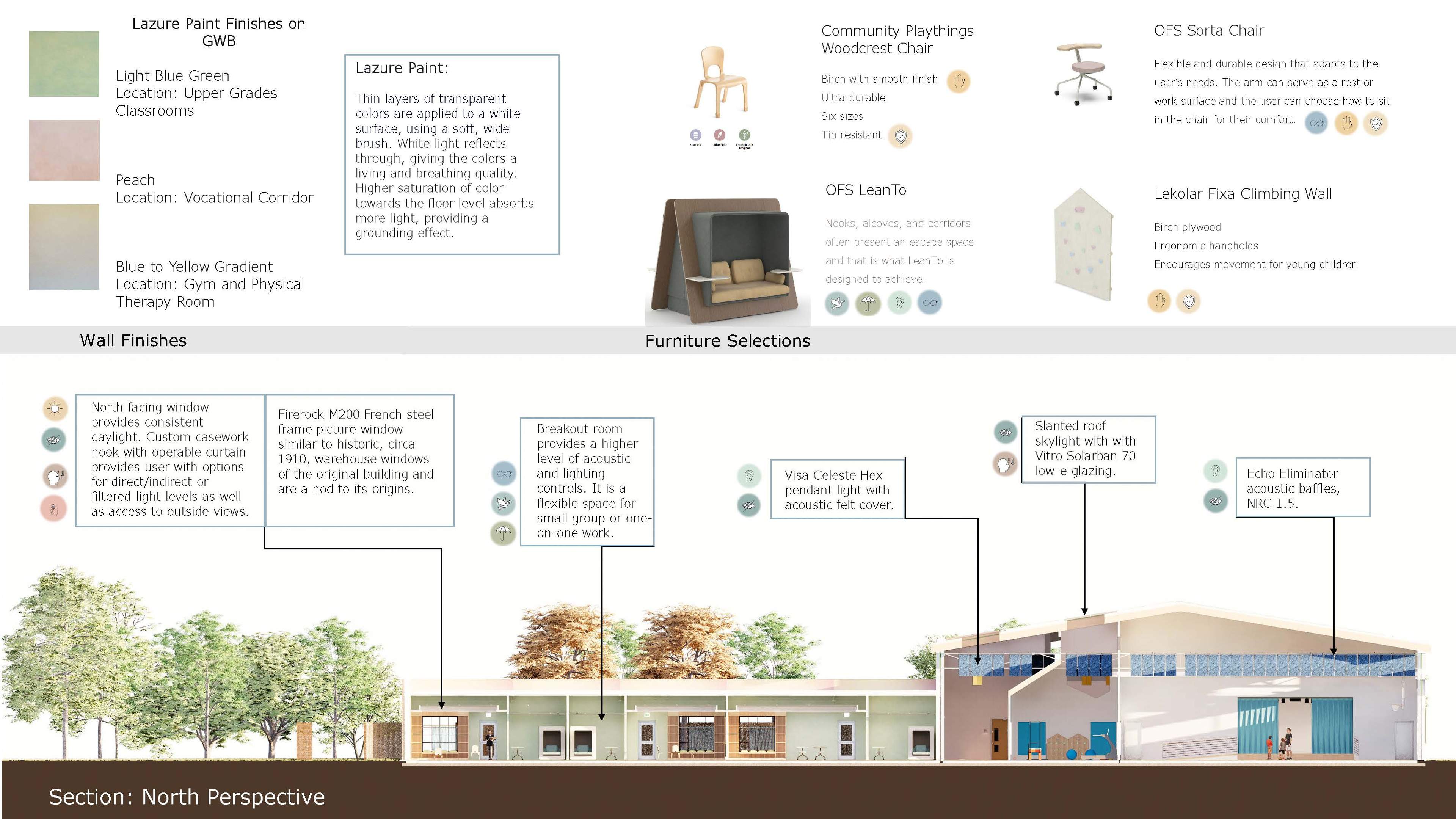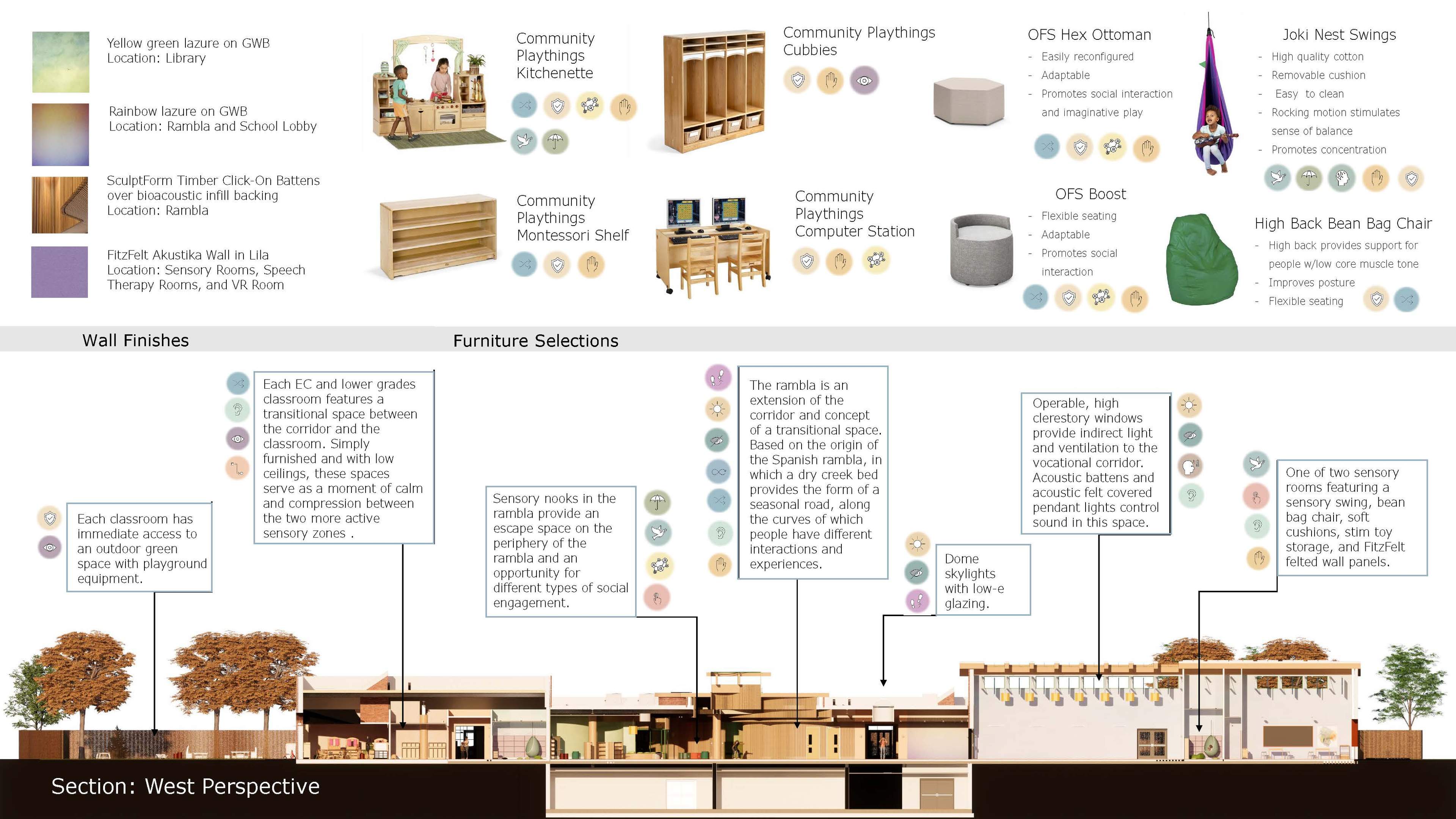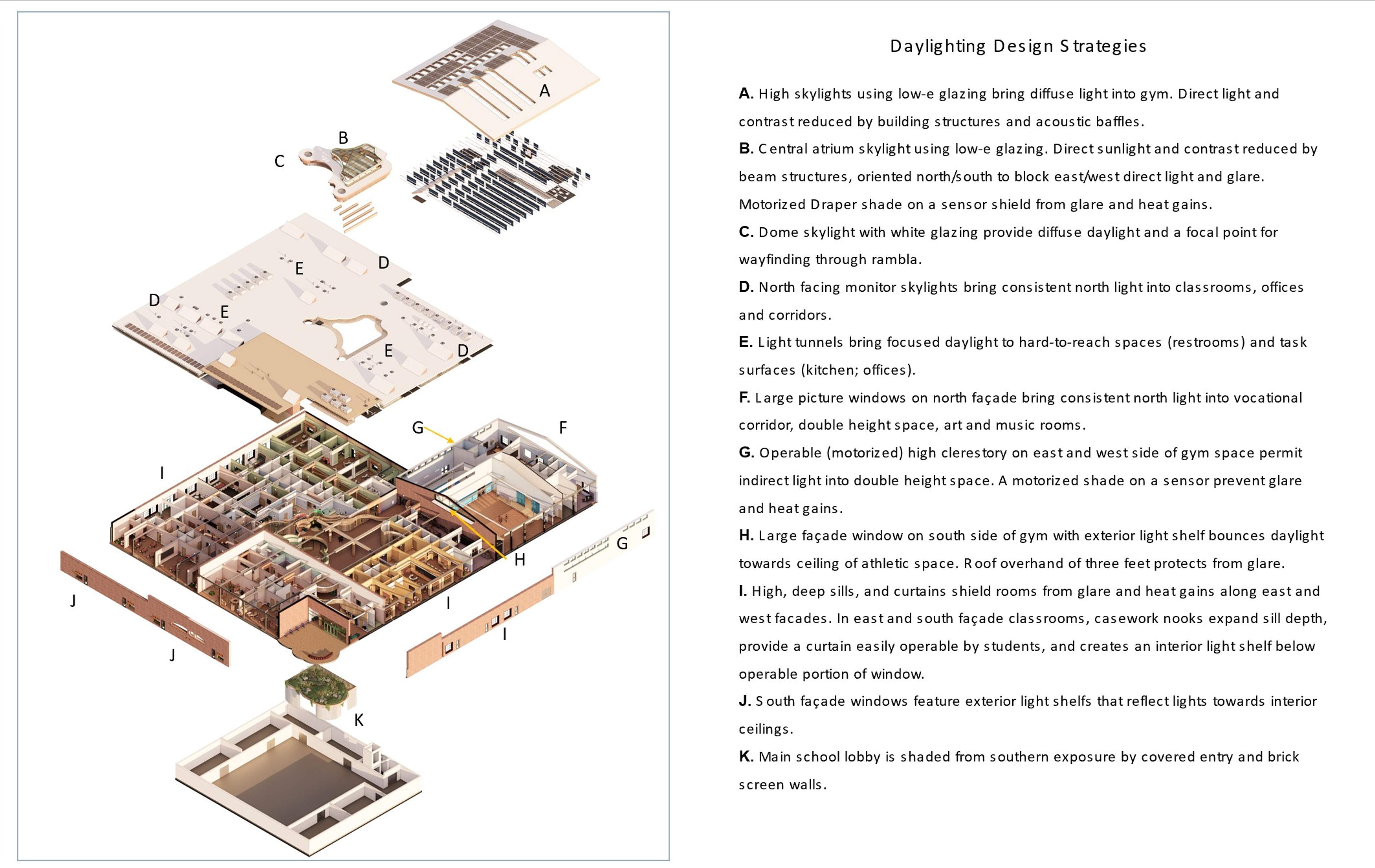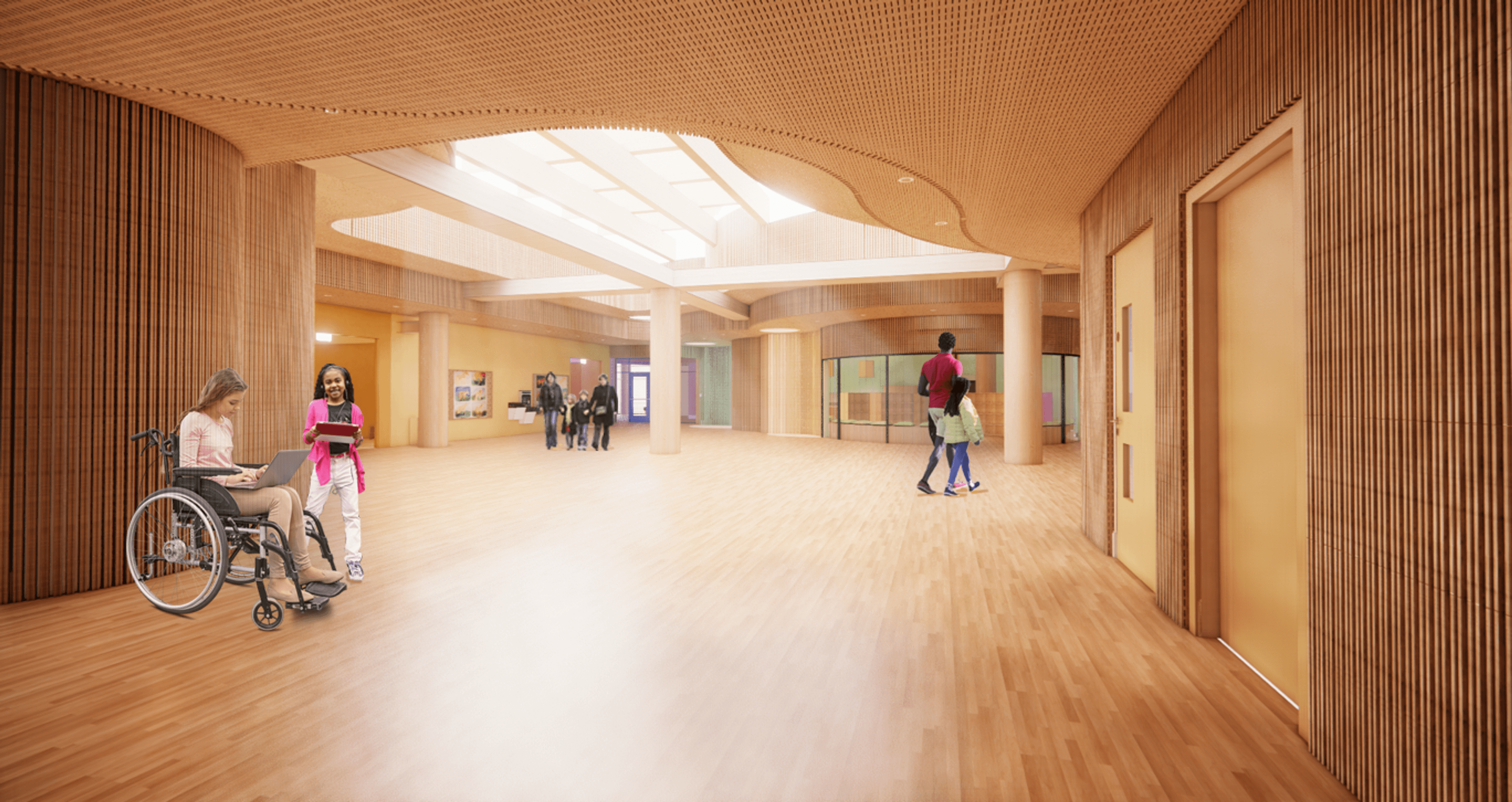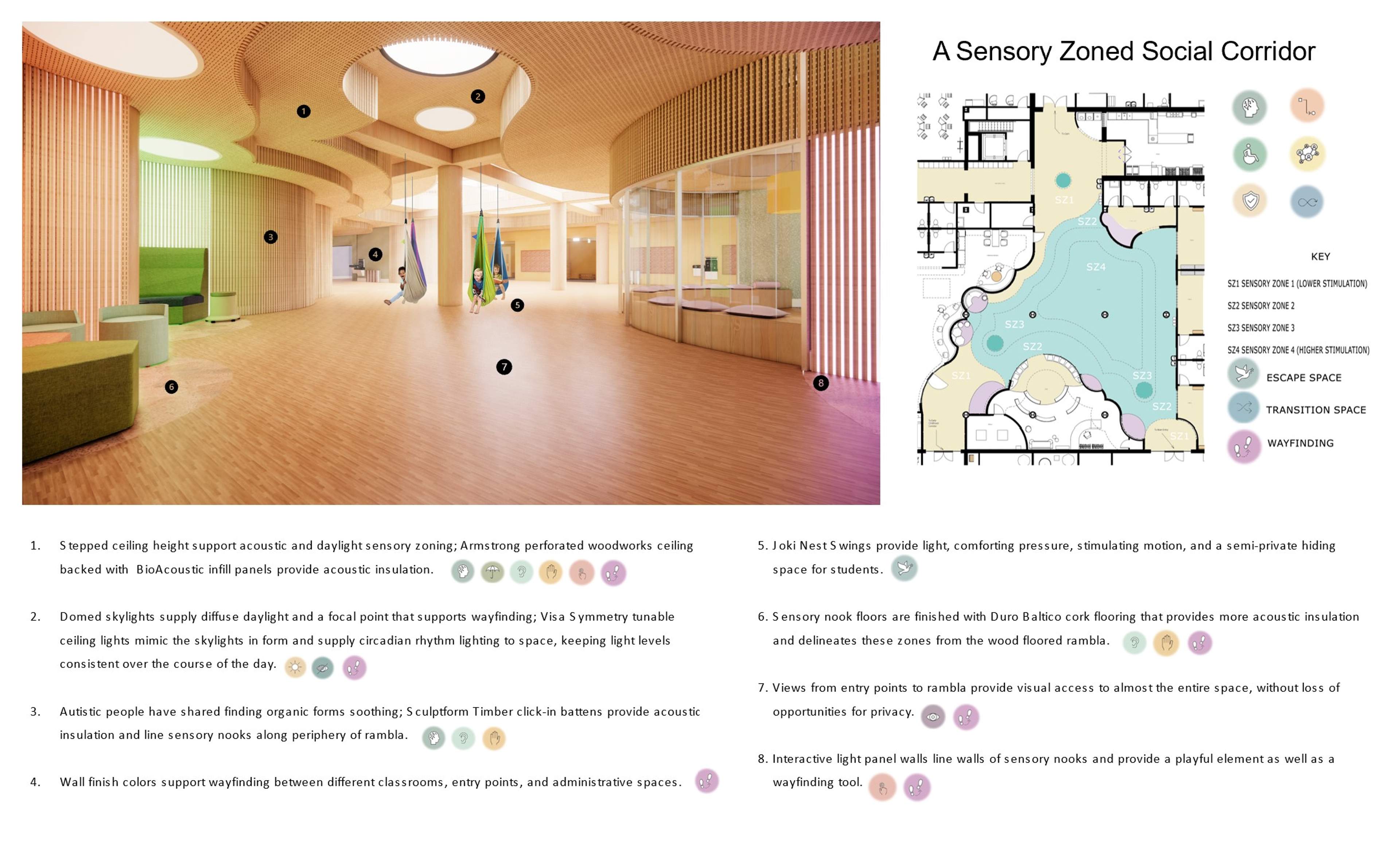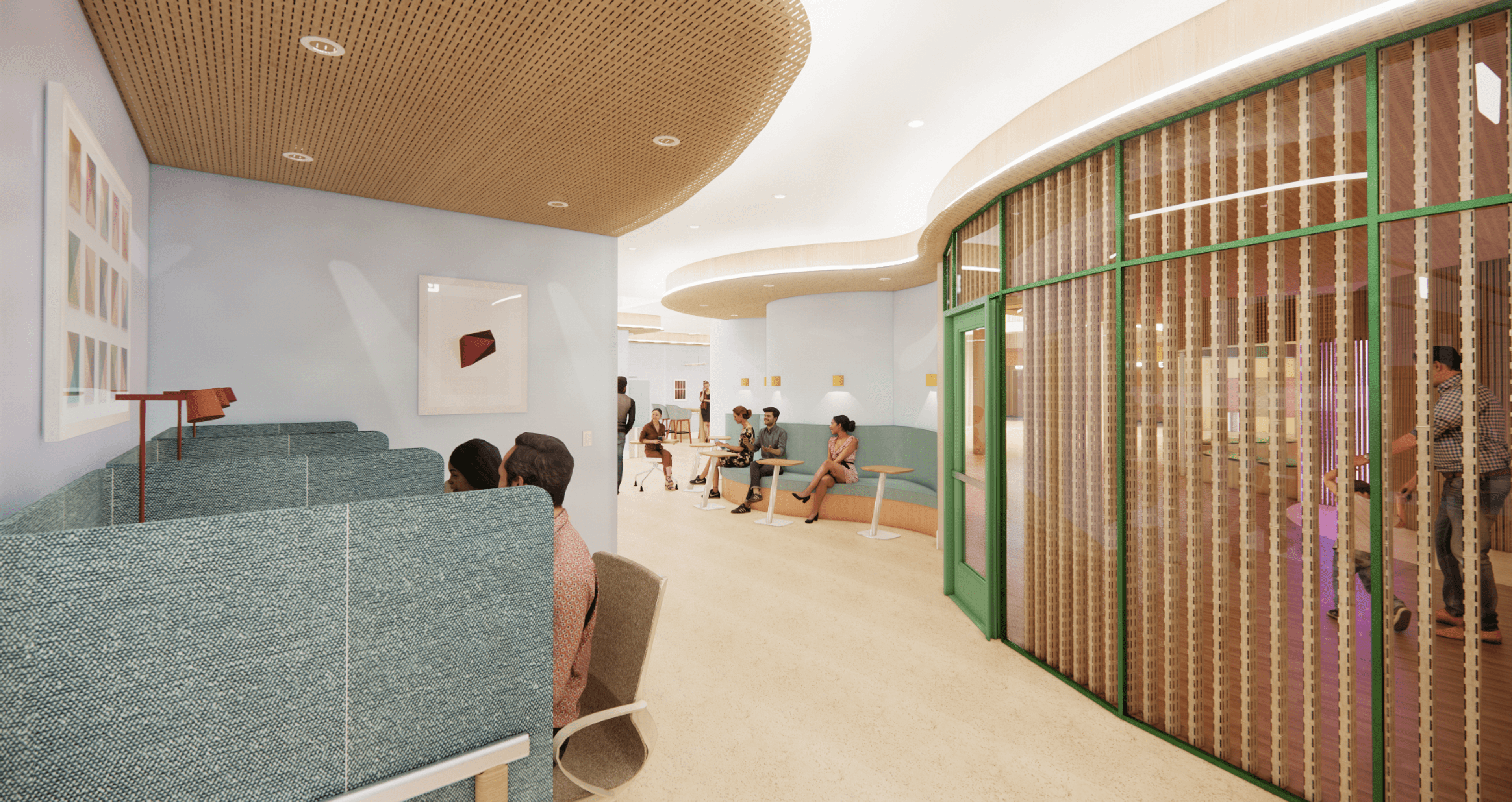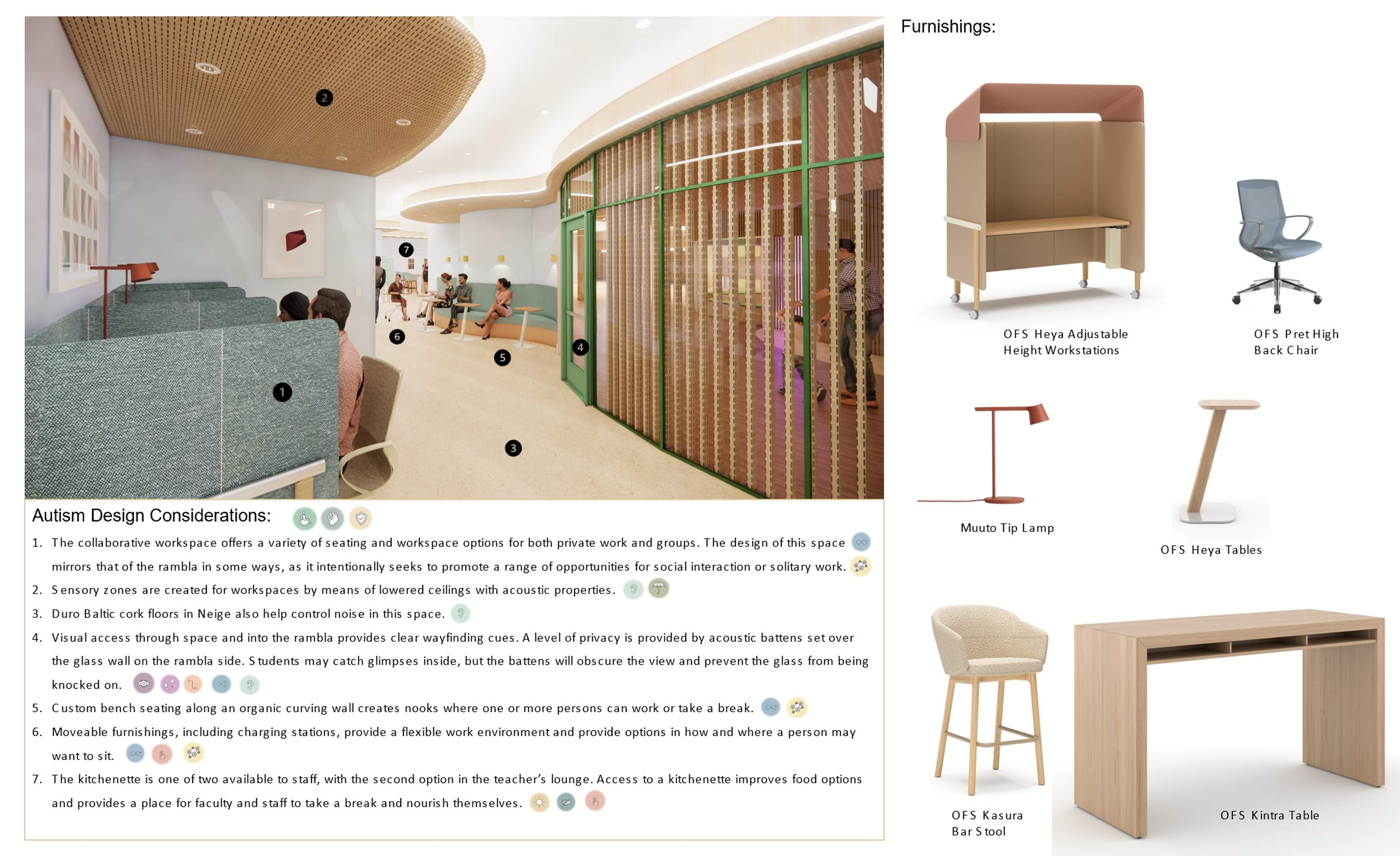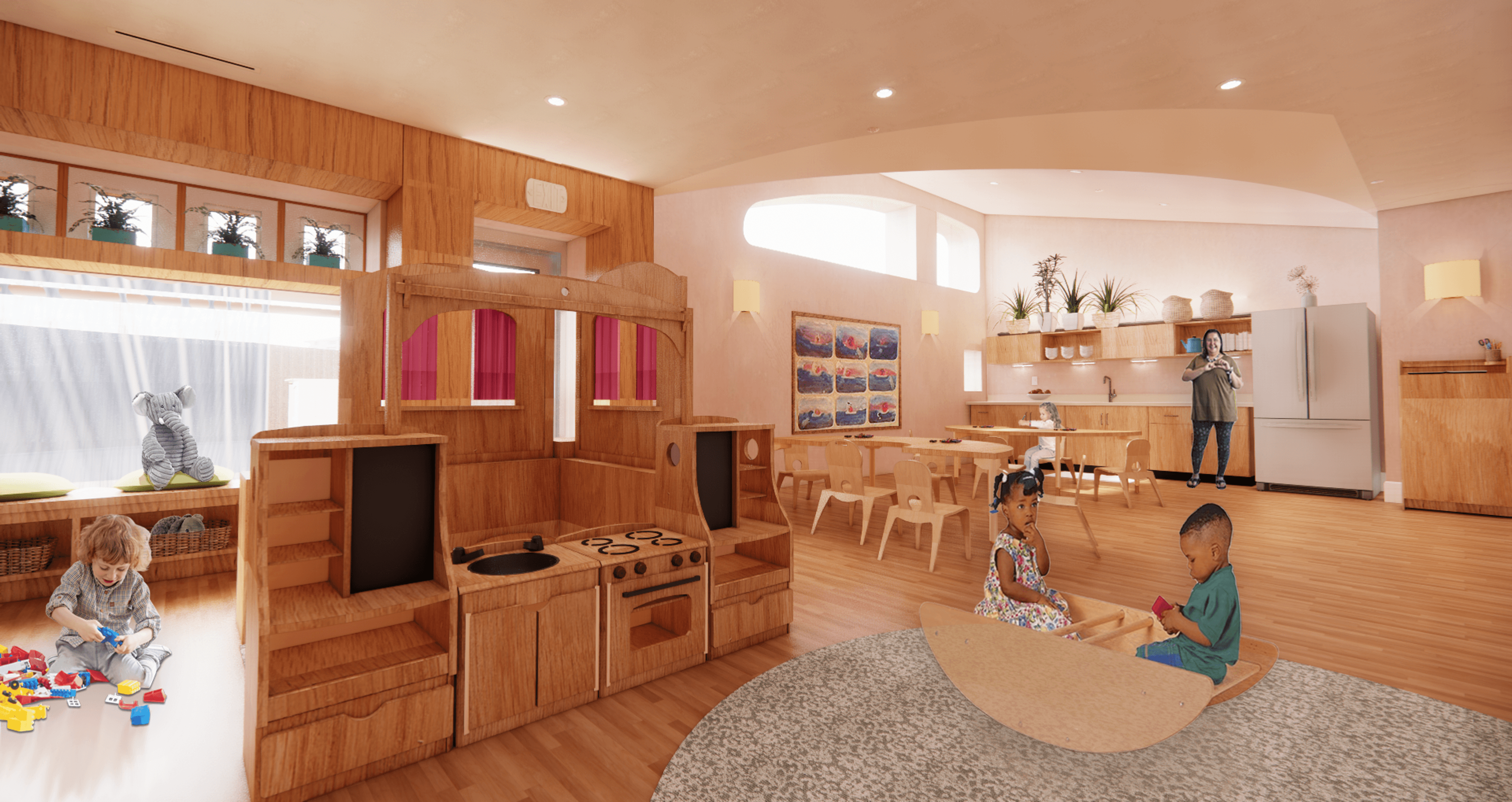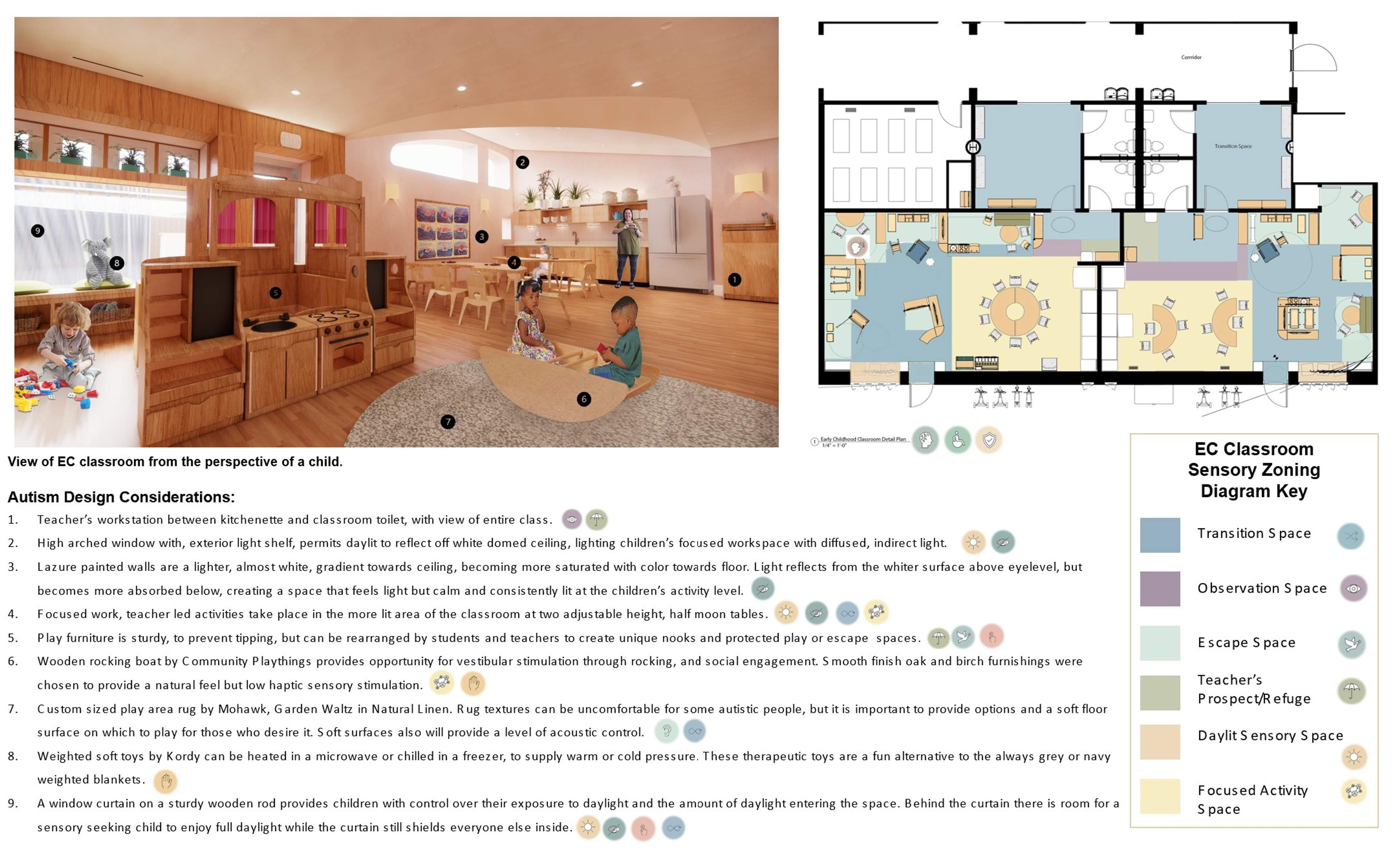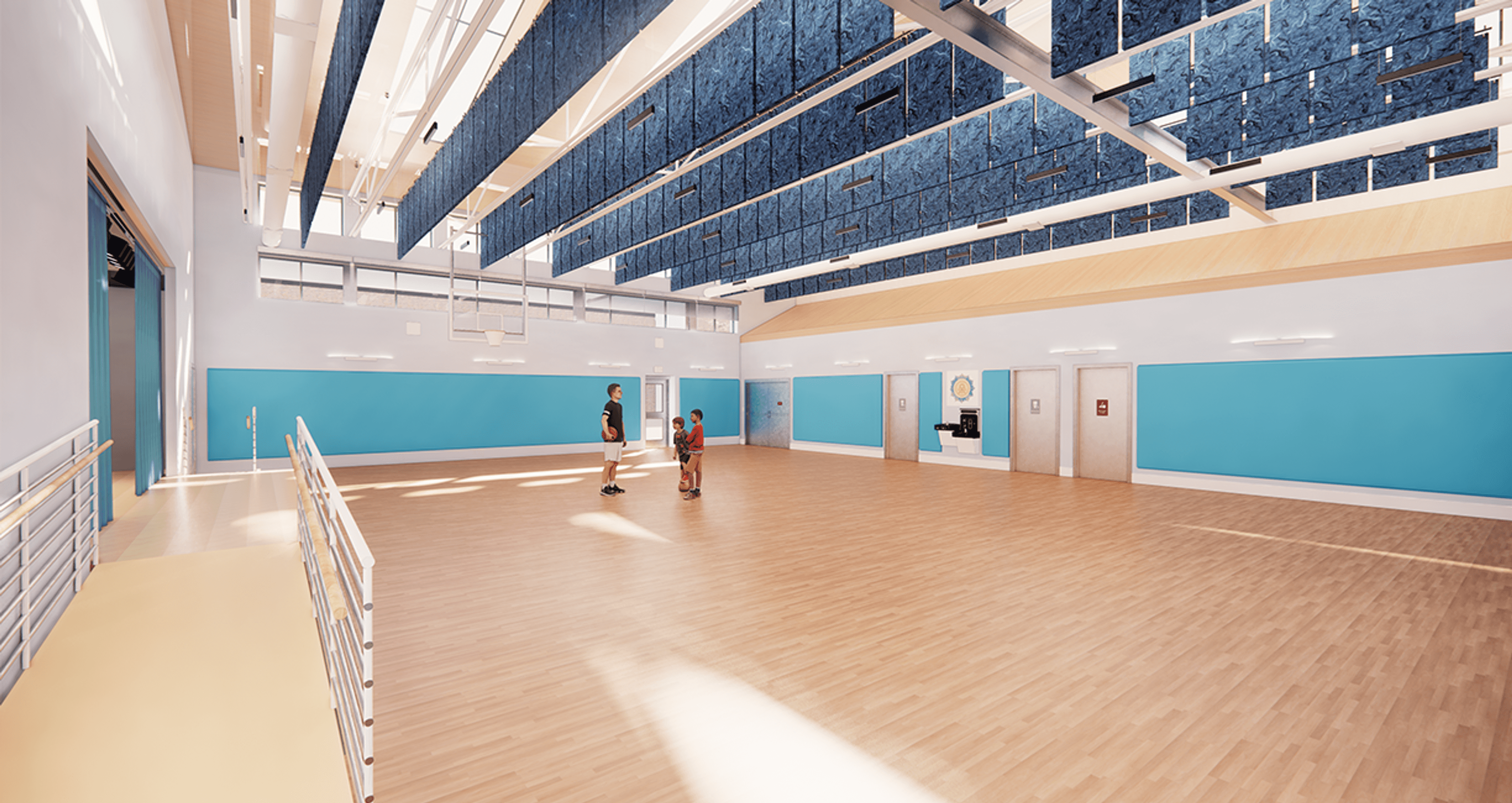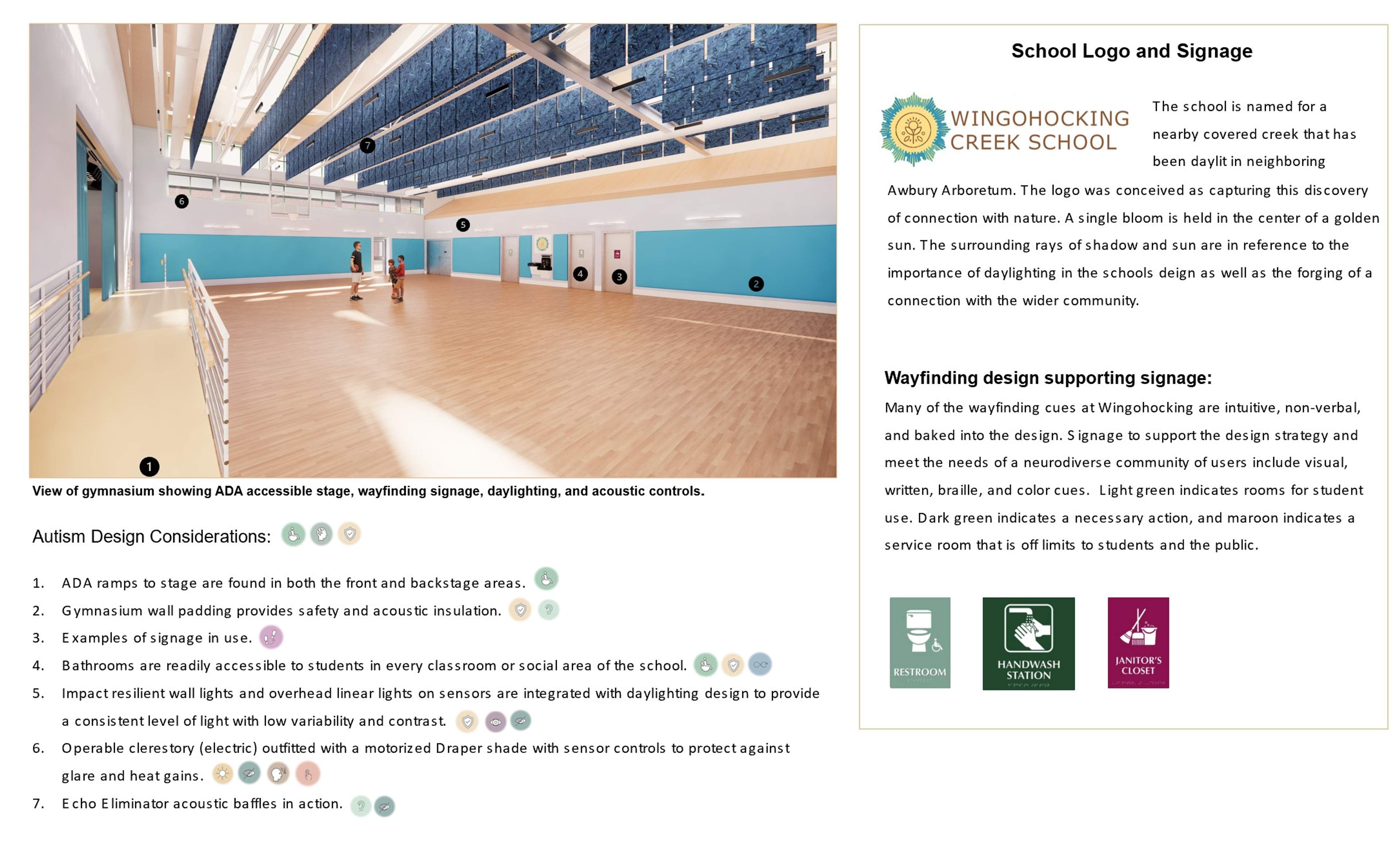Wingohocking Creek School + Autism Assessment Center
Project Intro
Concept: All Paths Lead to Illumination
Daylighting design through indirect illumination and sensory zoning for the creation of healthier educational and work conditions for autistic users with a wide variable of differences in sensory needs and preferences.
The Intention
There is growing evidence that early assessment and therapeutic interventions, for autism spectrum disorders, have positive long-term impacts on autistic people’s wellbeing and future independence. The proposal of this project is for an autism assessment center, caregiver resource facility, early childhood and grade school, designed specifically for autistic children and adults.
The Problem
Daylighting design for autism is an area of contentious debate. Autistic people can experience greater sensitivity to the changing conditions of natural light. However, research shows that exposure to sufficient natural light levels has a positive impact on autistic people’s health.
Opportunities Challenges
Circadian Rhythm Sensory Triggers/Overload Regulation
Reduced Stress Light Variability
Improved Mood High Contrast
Improved Cognition Glare
Intuitive Wayfinding Movement/Flickering
Strategy
This project utilizes design strategies supported by existing autism design guidelines, developed through the work of Magda Mostafa (ASPECCTS tm) and Kristi Gaines. A consistent level of daylighting integrated with artificial lighting, shading system controls, and finish materials, provide a zoned, light sensory experience that supports the users comfort and wellbeing.
Plans + Sections
Section Elevations
Daylighting Strategy + Sustainability
Rendered Perspectives
Return to Contents Page
